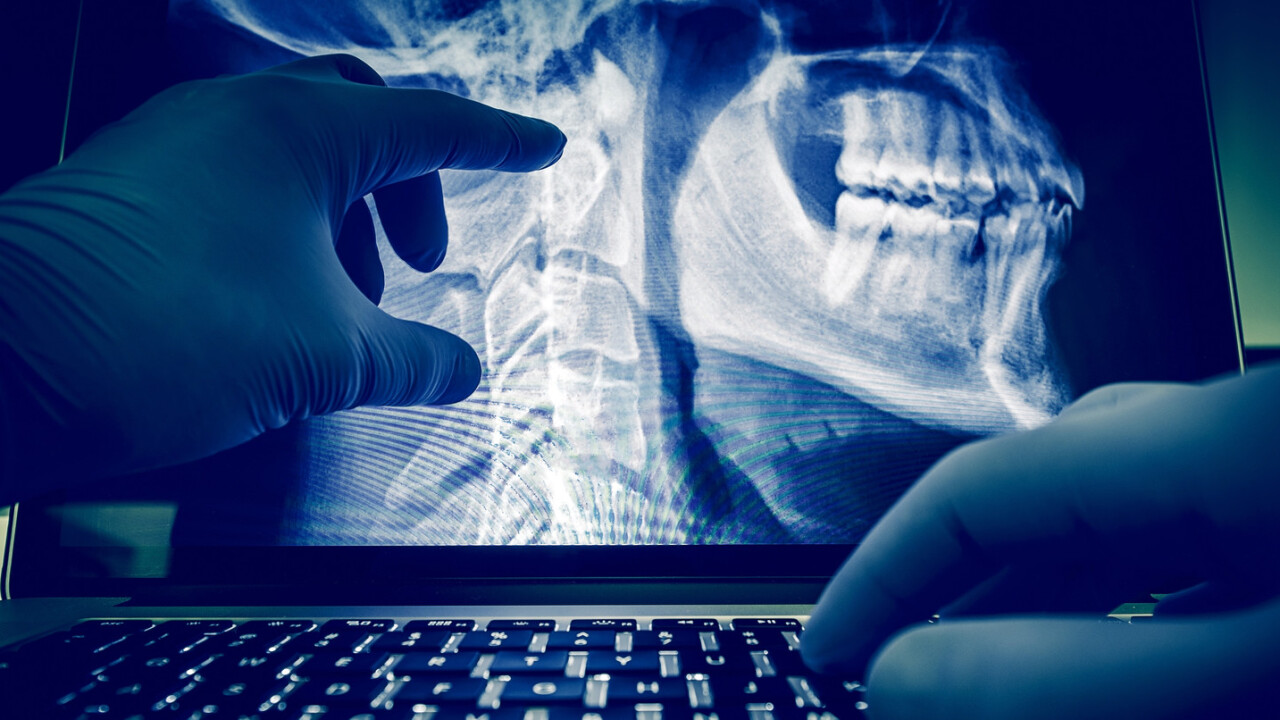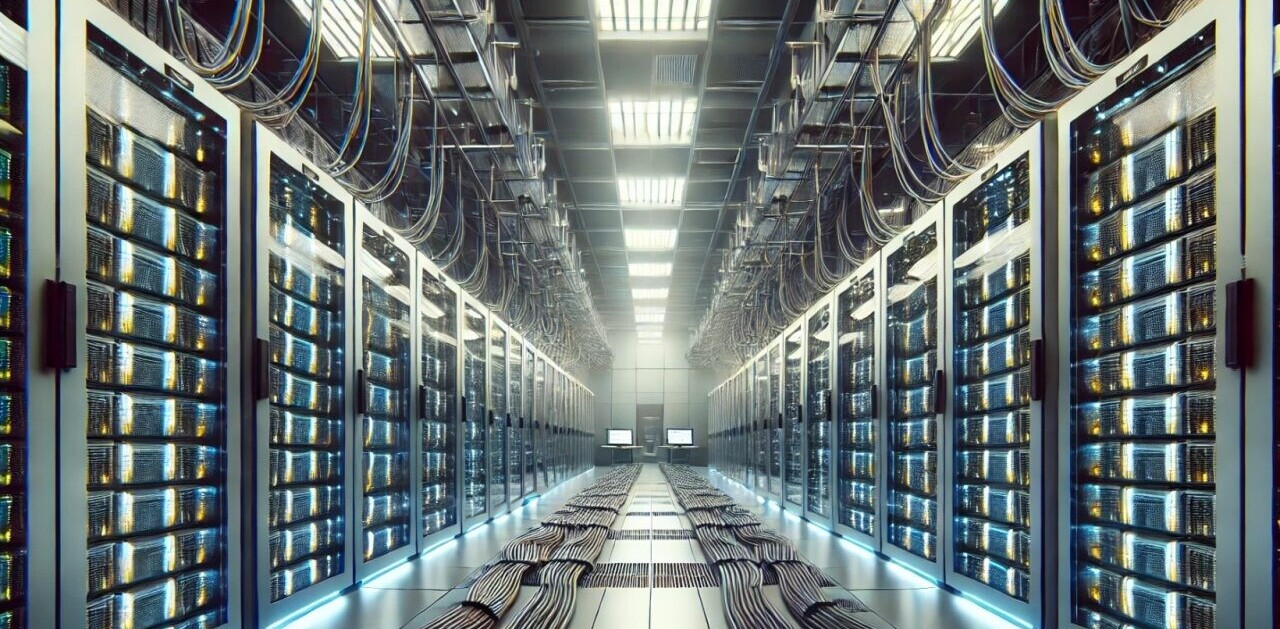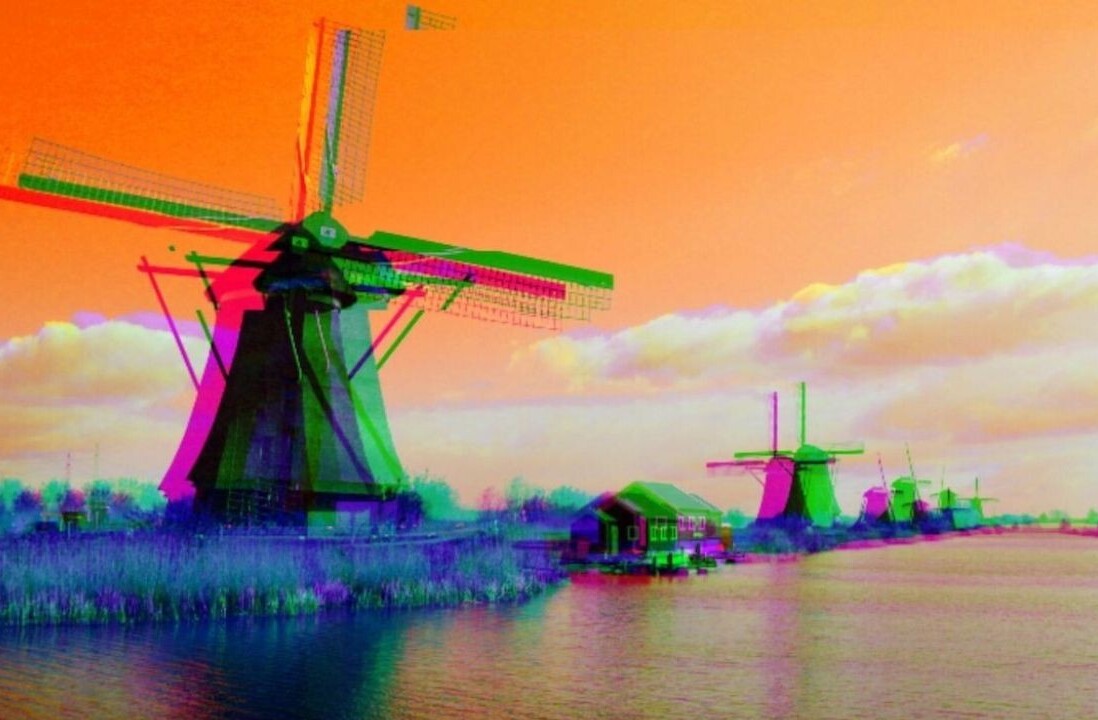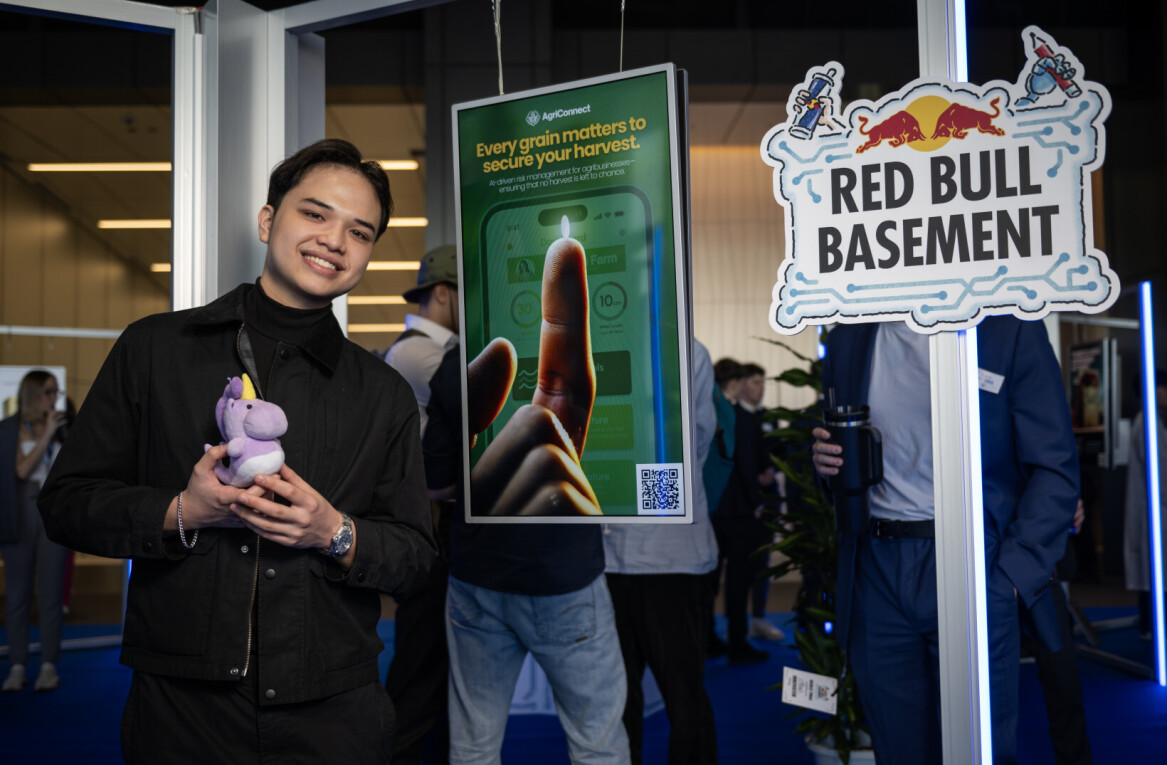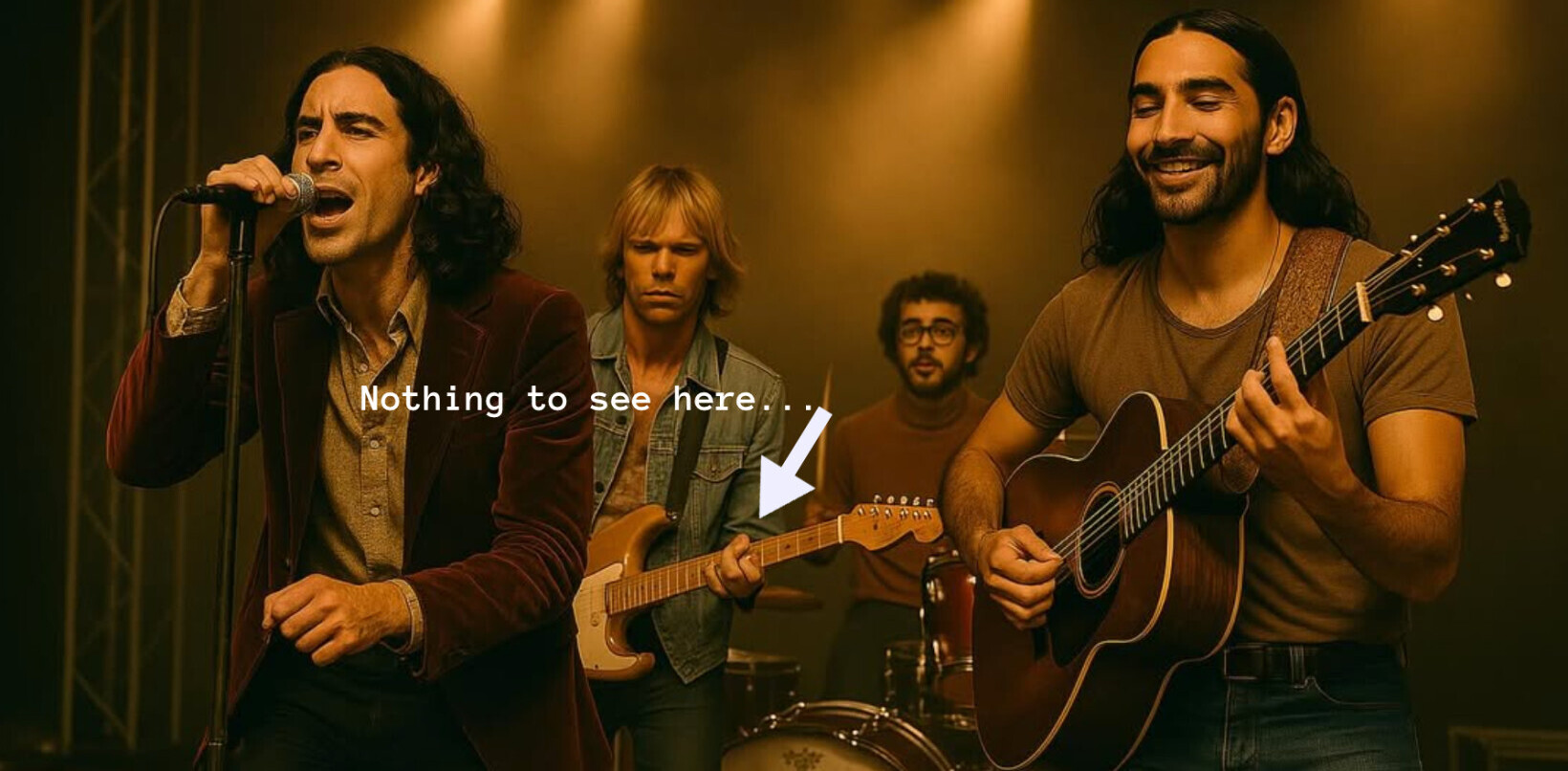When MIT successfully created AI that can diagnose skin cancer it was a massive step in the right direction for medical science. A neural-network can process huge amounts of data. More data means better research, more accurate diagnosis, and the potential to save lives by the thousands or millions.
In the future medical technicians will become data-scientists to support the AI-powered diagnostics departments that every hospital will need. Radiologists are going to need a different education than the one they have now — they’re gonna need help from Silicon Valley.
This isn’t a knock against radiologists or other medical technicians. For ages now, they’ve worked hand-in-hand with doctors and been crucial in the diagnostic process. It’s just that machines can process more data, with greater efficiency, than any human could. For what it’s worth, we’ve predicted that doctors are on their way out too, but this is different.
Geoffrey Hinton, a computer scientist at The University of Toronto, told the New Yorker:
I think that if you work as a radiologist you are like Wile E. Coyote in the cartoon. You’re already over the edge of the cliff, but you haven’t yet looked down. There’s no ground underneath. It’s just completely obvious that in five years deep learning is going to do better than radiologists. It might be ten years.
It’s not about replacing, but upgrading and augmenting. Hinton might be a little dramatic, but not for nothing: he’s the grandson of famed mathematician George Boole, the person responsible for boolean algorithms. Obviously, he understands what AI means for research. He’s not suggesting, however, that radiologists don’t do anything beyond pointing out anomalies in pictures.
Instead, he’s intimating that traditional radiology is going to change, and the way we train people now is going to be irrelevant. Which is, again, harsh.
Nobody is saying that medical trainers and educational facilities are doing a bad job. It’s just that they need to be replaced with something better. Like machines.
We don’t have to give neural-networks the keys to the shop; we’re not creating autonomous doctor-bots that’ll decide to perform surgery on their own without the need for nurses, technicians, or other staff. Instead we’re streamlining things that humans simply can’t do, like process millions of pieces of data at a time.
Tomorrow’s radiologist isn’t a person who interprets the shadows on an X-ray. They are data-scientists. Medical technicians are going to be at the cutting-edge of AI technology in the near future. Technology and medicine are necessary companions. If we’re going to continue progress in medicine, we need a forward-thinking scientific attitude that isn’t afraid of implementing AI.
Nowhere else is the potential to save lives greater than in medical research and diagnostics. What AI brings to the table is worth revolutionizing the industry and shaking it up for good. Some might say it’s long overdue.
Get the TNW newsletter
Get the most important tech news in your inbox each week.
